The helter skelter story of the Cavern Club
- Published
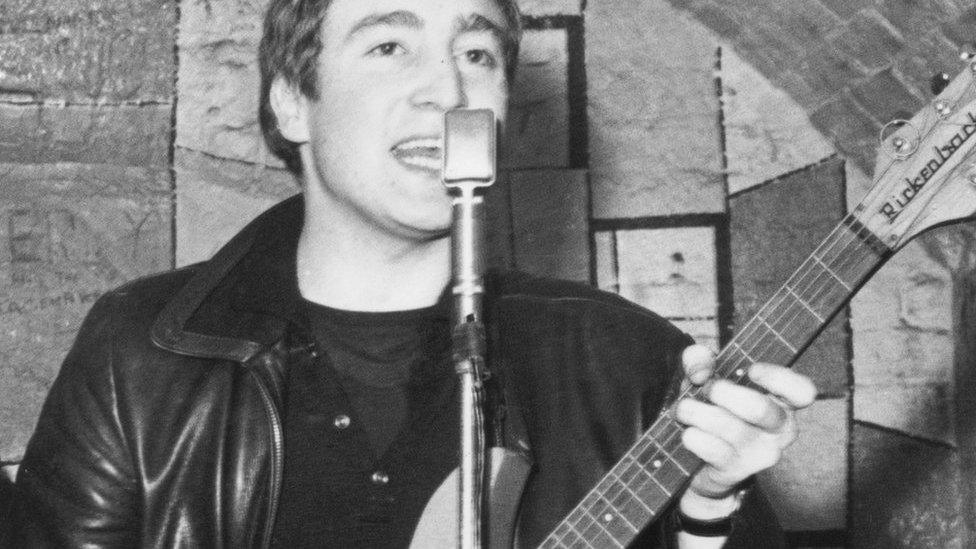
The Beatles made history when they performed at the Cavern in 1961
It has been shut down, demolished, and rebuilt, but Liverpool's Cavern Club remains an icon of pop history. As it celebrates its 60th year, those who were there in its heyday recall its evolution from subterranean jazz club to international music Mecca.

'What about that place there?'

The Cavern was inspired by a Paris jazz club
Peter Morris was a friend of the club's first owner, Alan Sytner, who modelled the basement venue on Le Caveau de la Huchette - a jazz place he'd seen in Paris.
He recalled how they were drinking at The Grapes pub in Mathew Street when the idea was formed.
"Alan said, 'We should have a place like [Le Caveau]'. He said, 'I'd love to find a place, like a basement or something'.
"We came out of the pub and [one of us] said, 'Hey Alan, what about that place there?' And there was a sign that said 'Basement For Sale, Or Let'.
"The next day we met up again for a pint at lunch time and Alan said, 'Got that place. I've bought it'."
Peter recalled how Alan's vision for the club, which opened on 16 January 1957, involved some questionable manual labour.
"It was actually three rooms, and Alan said, 'What we need is one big room, so these walls will have to come down'. He said, ''I'll get the sledgehammers and a barrel of ale, and we'll all go down one night and knock these walls down'.
"Just thinking about it afterwards, you know, the whole thing could have come down on top of us."

'They're all leaving'
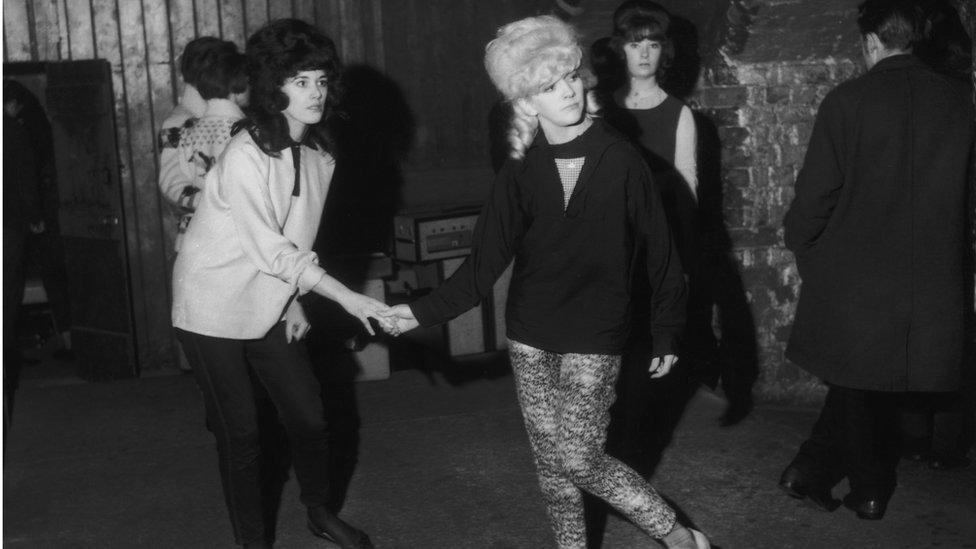
Regulars at the club often did the Cavern Stomp, a jive which involved holding your hands low
Colin Hanton was the drummer with John Lennon's skiffle group, The Quarrymen - a precursor to The Beatles.
He remembered how the jazz club's owners were less than impressed with their set in 1958.
"John had done a couple of rock and roll numbers and someone passed him a folded piece of paper. So John said over the microphone, 'Oh, we have a request from the audience'.
"He opened it up and it said, 'Do not do any more rock n' roll, signed the management'. Apparently we weren't the only band that got that kind of note.
"But rock and roll was coming, you know? It was like King Canute trying to hold back the waves.
"The more we played rock and roll the more people got up and left and John was quite beside himself. He turned to me and said, 'They're all leaving, I can't believe it'.

'Here's our Cilla'
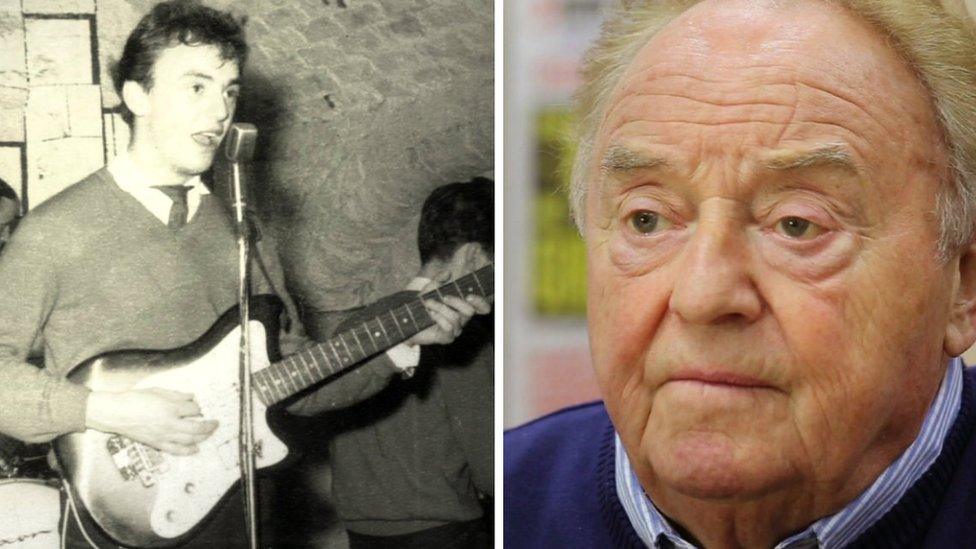
Gerry Marsden said the club used to be packed
By 1960, the club's new owner Ray McFall - whose bankruptcy forced its temporary closure in 1966 - had abandoned the venue's jazz roots for rock 'n' roll.
He would help launch the careers of many Merseybeat bands, including The Beatles, who played their first Cavern gig in 1961.
Gerry Marsden, lead singer of Gerry and the Pacemakers, remembered the club as a popular spot which shone a spotlight on then-cloakroom attendant, Cilla Black.
"We would play alternate days with The Beatles. It used to be packed - all the girls would come from the offices and the lads would all come in [at lunchtime].
"Cilla asked, 'Can I sing?' 'Yep come on, get up. Here she is! Here's our Cilla'.
"And that was it. She just got up and did it and a star was born."

Cilla Black worked in the cloakroom at the club

'It was like a steam bath'
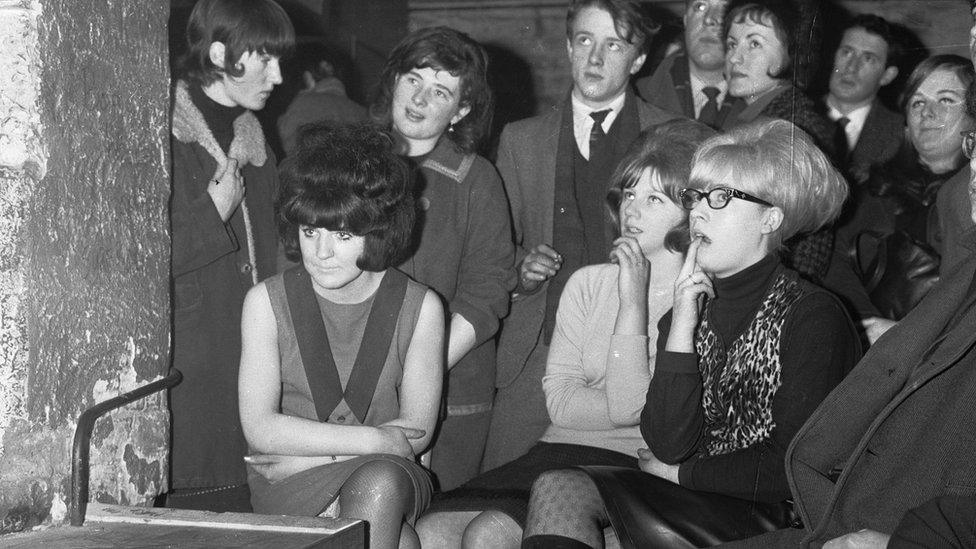
Debbie Greenberg said there was so many people there condensation would run down the walls
For Cavern regular Debbie Greenberg, the anticipation started above ground.
"We would queue up in Mathew Street waiting to go in and you could hear the 'throb, throb, throb' of the beat inside.
"There was a small opening to get in and 18 stone steps to go down. And there'd be a guy sitting at a wooden table taking the money as you went in.
"You'd pay your shilling to get in and then you'd be part of the excitement."
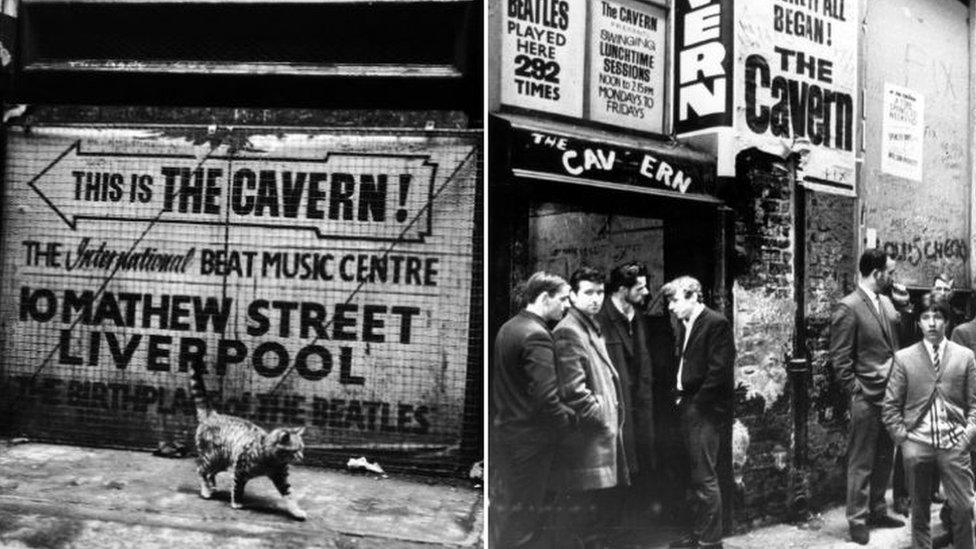
People used to queue along Mathew Street to get into the club
But it wasn't just the thrill of the music and the bands that made an impression.
"It was a smelly place, because there were no drains, no main drains, just a cesspit under the toilets, and the cleaners used to top it up with disinfectant every day.
"There would be condensation running down the walls, everybody would be perspiring because it was so hot in there, it was like a steam bath.
"But that was what made [it] The Cavern."
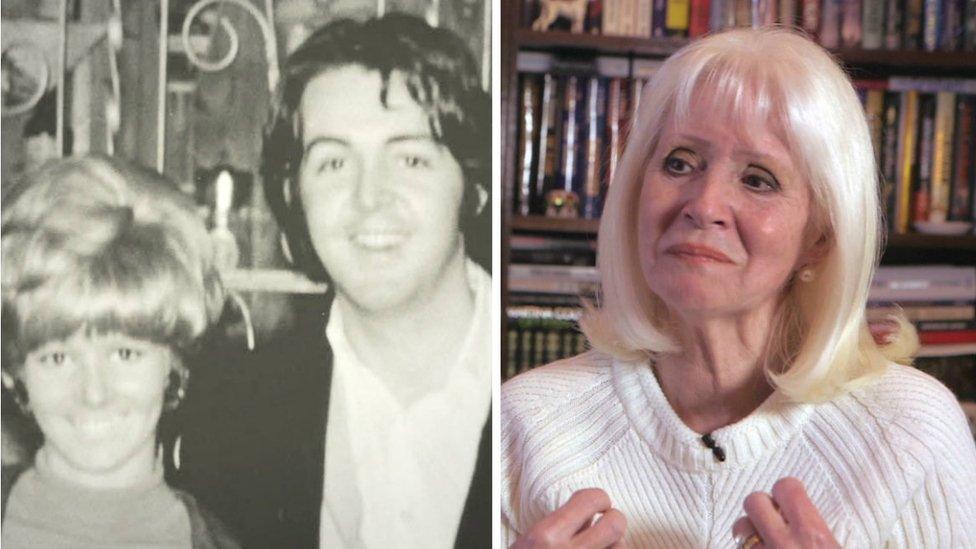
Debbie Greenberg saw life at the Cavern from both sides, as a regular and later as the daughter of the owner
The Cavern would became an even bigger fixture in her life when her father Alf Geoghegan bought it in the late 1960s.
"Dad came to me and said 'I've got a chance of buying the Cavern, what do you think?' Well, you offer a child a key to a sweet shop it's not going to say no.
"Paul McCartney turned up [once] and said: 'I've got my new girlfriend in the car outside, and I'd like to bring her back and show her where it all began'.
"They came in and she took a photograph of me with Paul."

'It changed my life'

The Cavern put on countless Liverpool acts, including the Merseybeats
Billy Kinsey, lead singer of The Merseybeats, also recalled the cellar's strange aroma - "horrible smell, very distinctive".
But despite its dungeon-like qualities, he credits the club with shaping the course of his life.
"I knew the minute I saw The Beatles playing on the Cavern - that's what I wanted to be, a professional musician.
"And three days later I left school. I became a professional musician, which I still am.
"It changed my life. It absolutely changed my life."
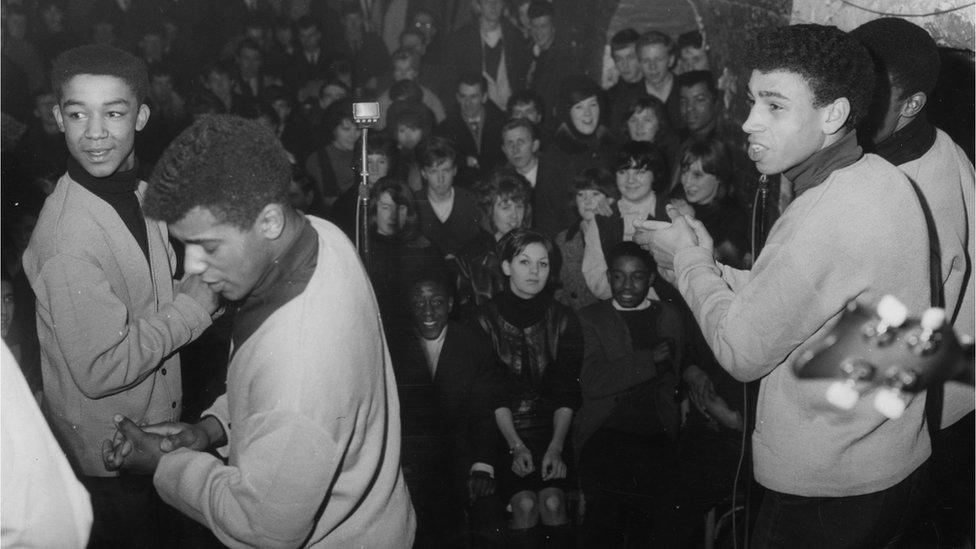
People packed into the venue even during their lunch breaks

'So really, did we lose anything?'
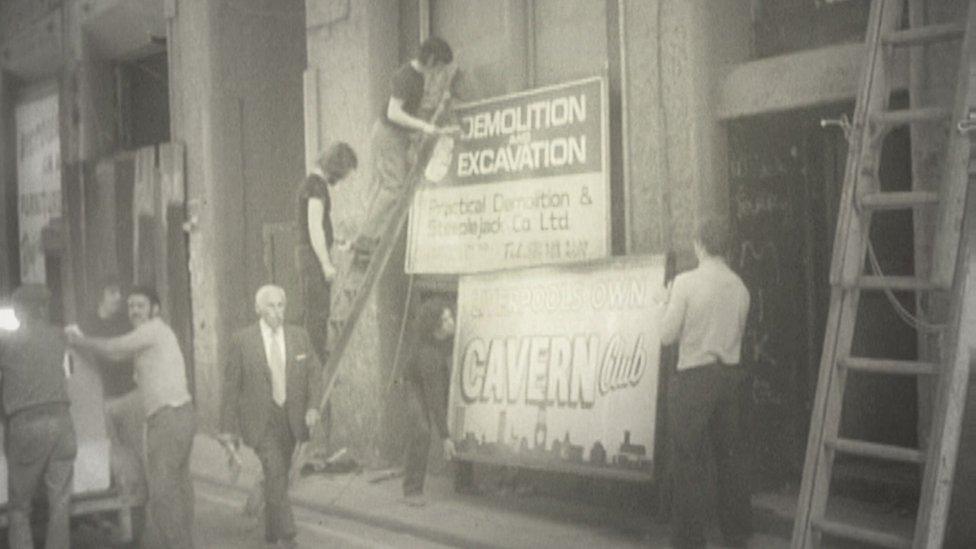
The Cavern was pulled down in 1973 and the cellar filled in
The club's long and winding road looked set to hit a dead end when in 1973 British Rail obtained a compulsory purchase order to build a new underground railway.
The original venue was bulldozed and the cellar filled in, bringing what many thought was an end to the landmark venue.
But following John Lennon's murder in 1980, it was rebuilt on the original site and opened four years later.
It now mixes its 60s heritage with modern acts.
Dave Jones, who has owned the club since 1991, said the venue and the success of The Beatles has helped make Liverpool a global destination.
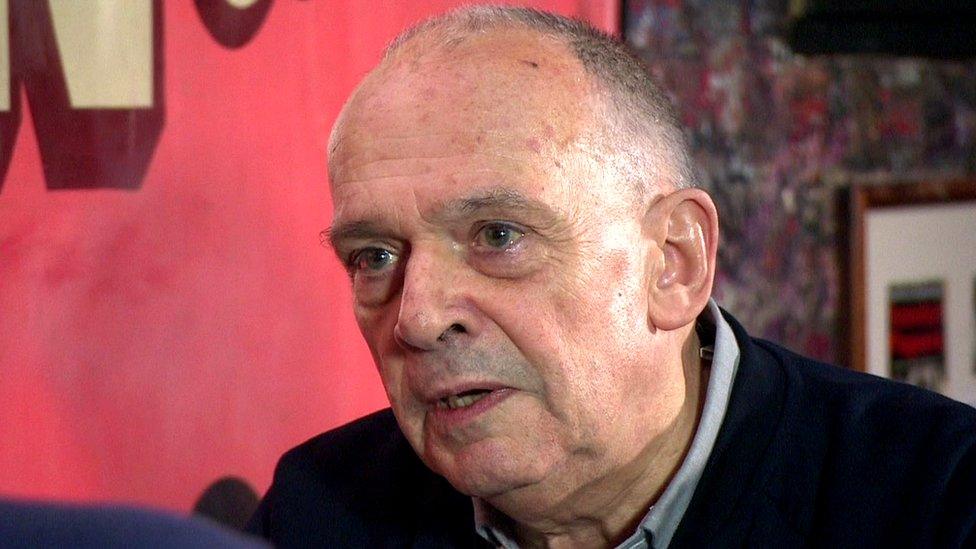
Dave Jones says the new Cavern is a better venue
"We know it's not the original Cavern, we don't pretend that it is, but [it] is where the original Cavern was," he said.
"In hindsight you could say that because it led to the demolition, and it led to the rebuilding, we actually ended up with a better venue anyway, on the same site.
"So really, did we lose anything?"
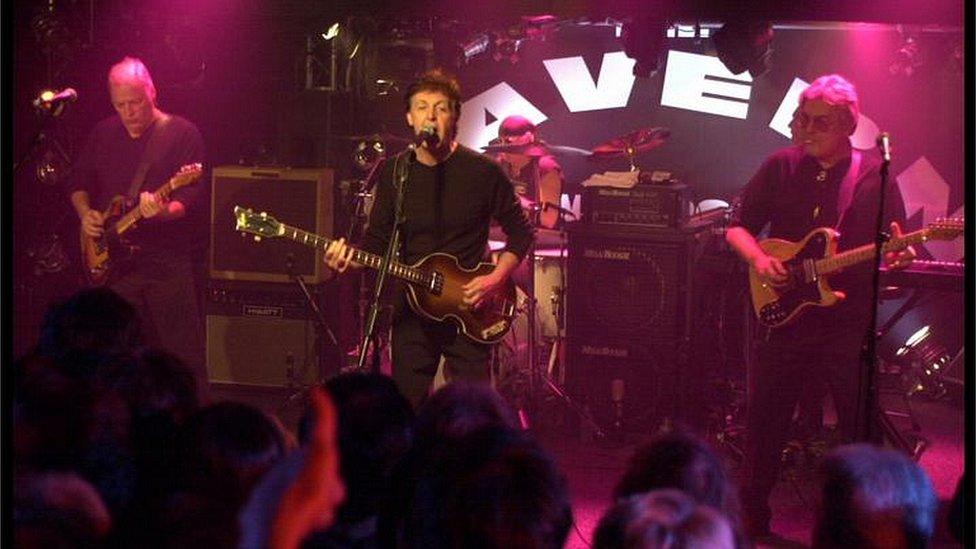
Paul McCartney returned to the Cavern in 1999
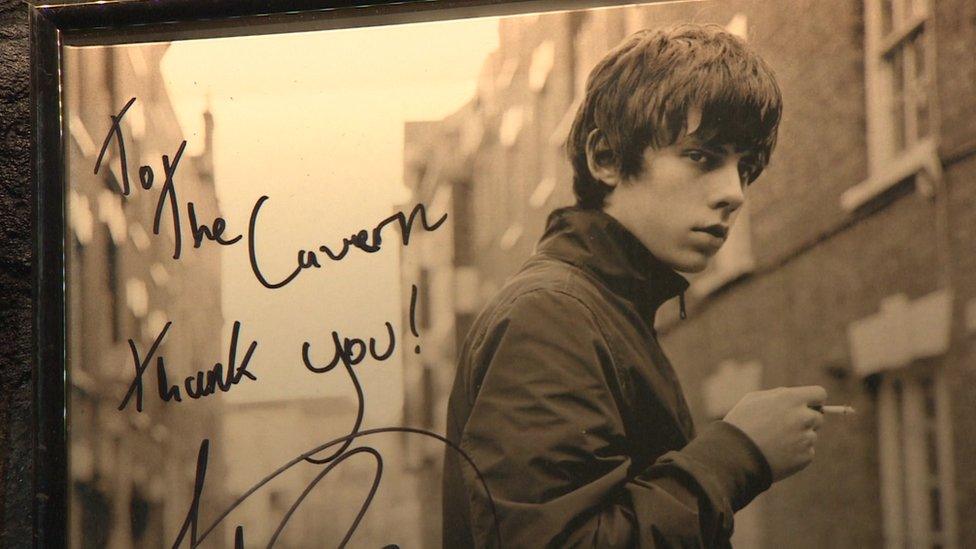
The venue mixes its 60s heritage with modern acts like Jake Bugg
- Published16 January 2017

- Published8 January 2015
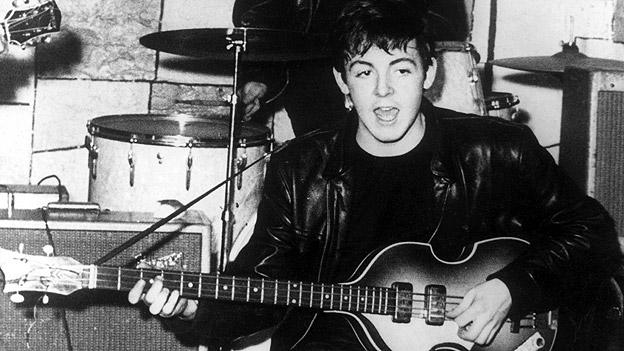
- Published9 February 2011
- Published9 February 2011